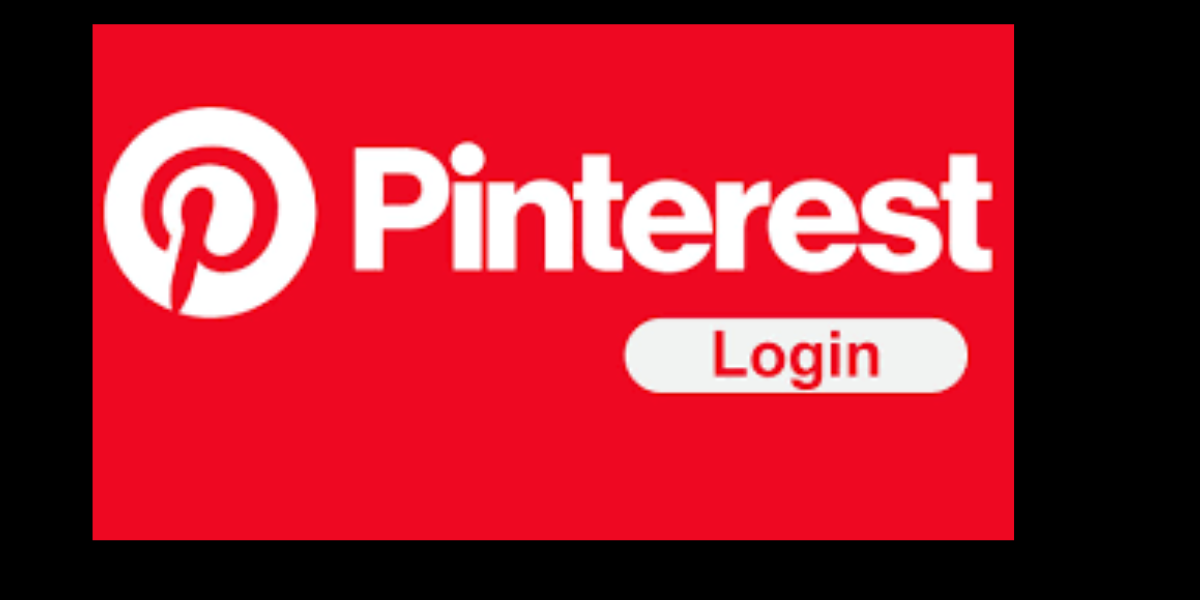n the landscape of digital media and social networking, Pinterest.com stands out as a unique platform dedicated to visual discovery and inspiration. Launched in March 2010 by Ben Silbermann, Paul Sciarra, and Evan Sharp, Pinterest has grown into a powerful tool for users seeking ideas and inspiration across a wide range of interests. This comprehensive article explores the origins, features, impact, and future of Pinterest, providing a thorough understanding of this influential platform.
What is Pinterest?
Overview and Purpose
Pinterest.com is a visual discovery platform that allows users to discover, save, and share ideas through images, videos, and links. The platform operates primarily through “pins,” which are visual bookmarks that users can save to their virtual “boards” for later reference. Pinterest’s purpose is to serve as a digital inspiration board where users can organize and curate content based on their interests and aspirations.
The platform caters to a diverse range of interests, from home décor and fashion to recipes and travel. Users can search for ideas, browse curated collections, and interact with content in ways that align with their personal preferences and goals. By providing a space for visual exploration and organization, Pinterest aims to inspire creativity and facilitate the discovery of new ideas.
Key Features
- Pins and Boards: At the core of Pinterest’s functionality are pins and boards. Pins are individual pieces of content, such as images or videos, that users can save to their boards. Boards are virtual collections where users organize their pins according to specific themes or topics. This organizational structure allows users to keep their ideas and inspirations neatly categorized.
- Search and Discovery: Pinterest’s search feature enables users to find content based on keywords, categories, or trends. The platform’s discovery algorithm also suggests relevant pins and boards based on user behavior and interests, making it easier to find new ideas.
- Pin It Button: The Pin It button is a browser extension that allows users to easily save content from other websites to their Pinterest boards. This feature facilitates seamless content sharing and organization directly from web pages.
- Rich Pins: Rich Pins provide additional information about pinned content, such as product details, recipe ingredients, or article headlines. This feature enhances the utility of pins by providing context and relevant details.
- Pinterest Lens: Pinterest Lens is an image recognition tool that allows users to search for pins using images. By uploading or taking a photo, users can discover visually similar content and ideas.
The Evolution of Pinterest
Early Days and Initial Growth
Pinterest was founded in 2010 as a private beta project, initially targeting a small group of users. The platform’s concept of digital pinboards resonated with early adopters, leading to gradual growth and increased interest. Pinterest’s user base expanded steadily as it introduced new features and refined its interface.
One of the key factors contributing to Pinterest’s early success was its focus on visual content. Unlike text-heavy platforms, Pinterest prioritized images and videos, catering to users seeking inspiration and ideas. As a result, Pinterest quickly gained traction among individuals interested in topics such as home décor, fashion, and recipes.
Expansion and Monetization
As Pinterest continued to grow, it began exploring monetization strategies to sustain its development. In 2012, Pinterest introduced promoted pins, allowing businesses to advertise their content to a broader audience. This advertising model enabled brands to reach users who were interested in relevant topics, thereby driving engagement and generating revenue for Pinterest.
Additionally, Pinterest expanded its features to include analytics tools for business accounts, allowing brands to track the performance of their promoted content and gain insights into user behavior. These developments marked a significant milestone in Pinterest’s evolution, transitioning from a niche platform to a major player in the digital marketing landscape.
Current Status and Innovations
Today, Pinterest stands as a leading platform for visual discovery and inspiration. The platform boasts a diverse user base and continues to introduce innovations to enhance user experience. Recent updates include improvements to search algorithms, the introduction of video pins, and the integration of augmented reality (AR) features.
Pinterest’s focus on innovation is evident in its efforts to integrate new technologies and trends. For example, Pinterest Lens has become a popular tool for visual search, allowing users to explore ideas based on images. Additionally, the platform’s emphasis on personalized recommendations and curated content helps users discover relevant ideas tailored to their interests.
The Impact of Pinterest
Influence on Digital Culture
Pinterest has had a significant impact on digital culture, shaping the way people discover and share ideas. The platform’s emphasis on visual content has influenced trends in various industries, including fashion, home décor, and food. Pinterest’s ability to aggregate and organize ideas has made it a valuable resource for individuals seeking inspiration and creative solutions.
One of the key ways Pinterest has influenced digital culture is through its role in trendsetting. Popular pins and boards often drive trends in fashion, design, and lifestyle, reflecting the platform’s impact on consumer preferences and behaviors. Additionally, Pinterest has become a platform where users can explore and participate in emerging trends, contributing to the evolution of digital culture.
Impact on Businesses and Marketing
Pinterest’s impact extends beyond individual users to businesses and marketers. The platform’s advertising model has provided brands with a valuable opportunity to connect with their target audience. Promoted pins allow businesses to showcase their products and services to users who are actively searching for relevant ideas.
Furthermore, Pinterest’s analytics tools enable businesses to track the performance of their content and gain insights into user engagement. By leveraging these tools, brands can optimize their marketing strategies and tailor their content to better resonate with their audience.
Pinterest as a Tool for Creativity and Planning
For many users, Pinterest serves as a tool for creativity and planning. The platform’s organizational features, such as boards and pins, allow users to curate and manage their ideas effectively. Whether planning a home renovation, organizing a wedding, or designing a new project, Pinterest provides a visual framework for users to collect and refine their ideas.
Additionally, Pinterest’s ability to facilitate collaboration has made it a popular tool for group projects and planning. Users can share boards and collaborate on ideas, making it easier to work together on creative endeavors.
Challenges and Controversies
Content Moderation and Intellectual Property
Despite its positive impact, Pinterest has faced challenges related to content moderation and intellectual property. Managing the vast amount of content on the platform can be complex, and instances of copyright infringement have raised concerns. Pinterest has implemented measures to address these issues, including the removal of infringing content and collaboration with copyright holders.
However, ensuring that content on Pinterest complies with intellectual property laws remains an ongoing challenge. The platform continues to refine its policies and procedures to address these concerns while maintaining a positive user experience.
Privacy and Data Security
Privacy and data security are critical concerns for Pinterest users. As with any digital platform, safeguarding user information and ensuring secure data handling are essential. Pinterest has implemented measures to protect user data, including encryption and privacy settings.
Nevertheless, concerns about data security persist, and Pinterest must remain vigilant in addressing potential vulnerabilities. By continually updating its security practices and providing transparency about data handling, Pinterest aims to build trust with its users.
User Behavior and Platform Abuse
Managing user behavior and addressing platform abuse are ongoing challenges for Pinterest. While the platform promotes positive interactions and creative expression, instances of harassment, spam, and inappropriate content can occur.
Pinterest has implemented moderation tools and community guidelines to address these issues. However, maintaining a respectful and safe environment requires continuous effort and adaptation to emerging trends and user behavior.
The Future of Pinterest
Technological Advancements and Innovations
Looking ahead, Pinterest is likely to continue embracing technological advancements to enhance user experience. Innovations such as augmented reality (AR) and artificial intelligence (AI) have the potential to transform how users interact with content and discover ideas.
For example, Pinterest may further develop its AR capabilities to provide immersive visual experiences for users. Additionally, AI-driven recommendations and personalized content could improve the relevance and accuracy of search results.
Expansion and Global Reach
Pinterest’s future may involve expanding its reach to new markets and regions. As the platform continues to grow, it has the potential to attract a global audience and cater to diverse cultural interests. Localization efforts and region-specific features could enhance Pinterest’s appeal and accessibility for users around the world.
Enhancing User Engagement and Community Building
To remain competitive and relevant, Pinterest may focus on enhancing user engagement and community building. This could involve introducing new features that facilitate collaboration, interaction, and content sharing. By fostering a strong sense of community, Pinterest aims to deepen user connections and create a more engaging platform.
Conclusion
Pinterest.com has established itself as a leading platform for visual discovery and inspiration. From its early days as a simple pinboard to its current status as a major player in the digital landscape, Pinterest has continually evolved to meet the needs of its users.
Through its unique features, such as pins, boards, and search tools, Pinterest has transformed the way people discover and organize ideas. The platform’s impact on digital culture, businesses, and personal creativity highlights its significance in the modern digital age.
While facing challenges related to content moderation, privacy, and user behavior, Pinterest remains committed to providing a positive and inspiring experience for its users. As the platform continues to innovate and expand.
Also Read : Reddit.com: Structure, Impact, Future











